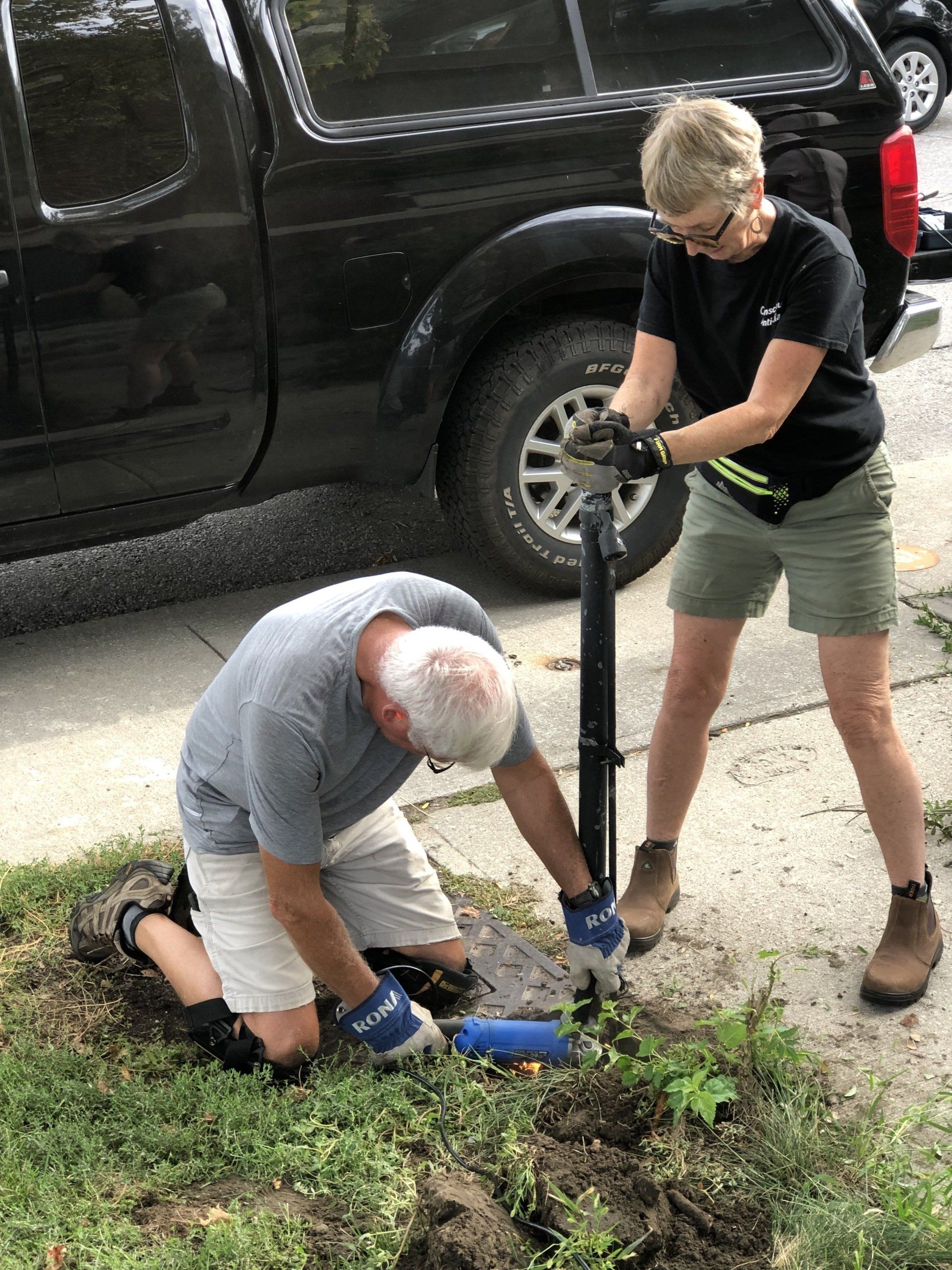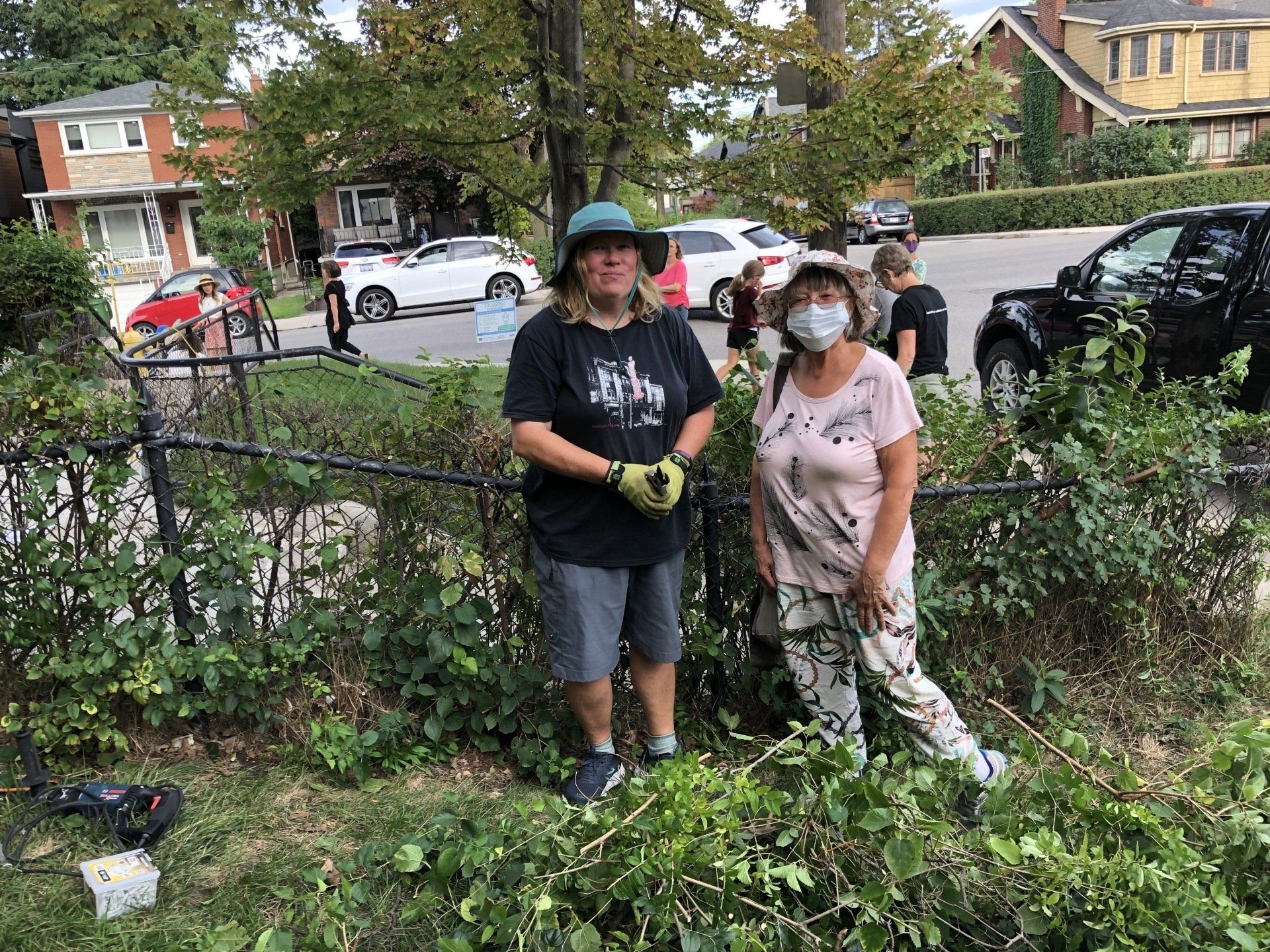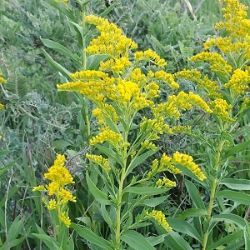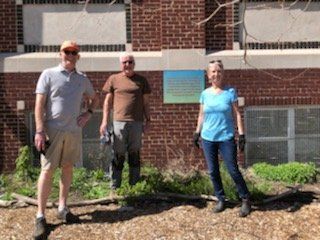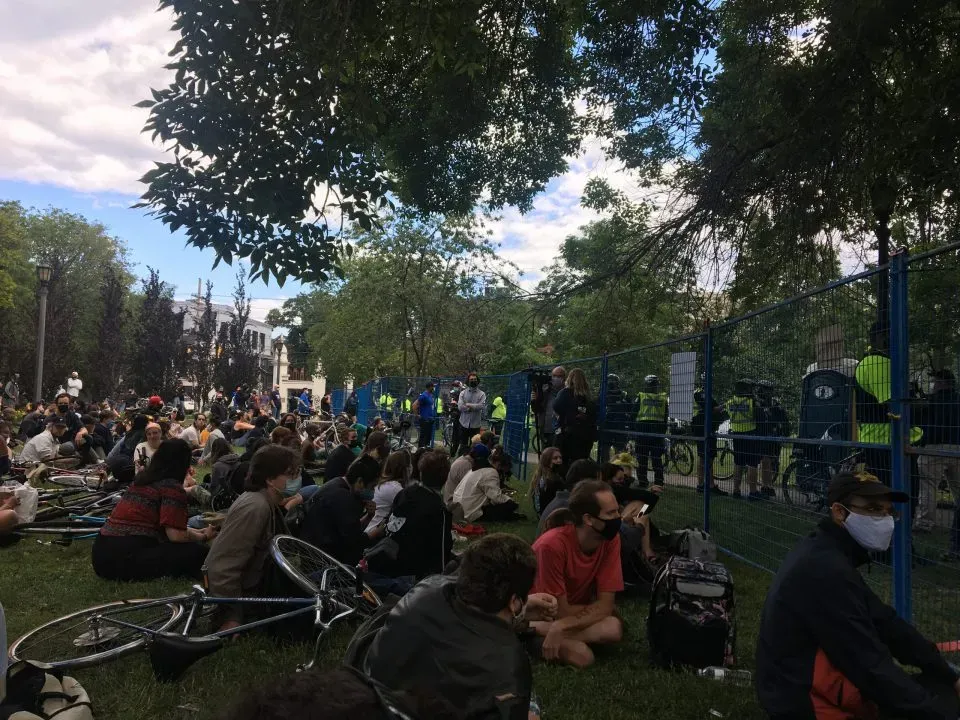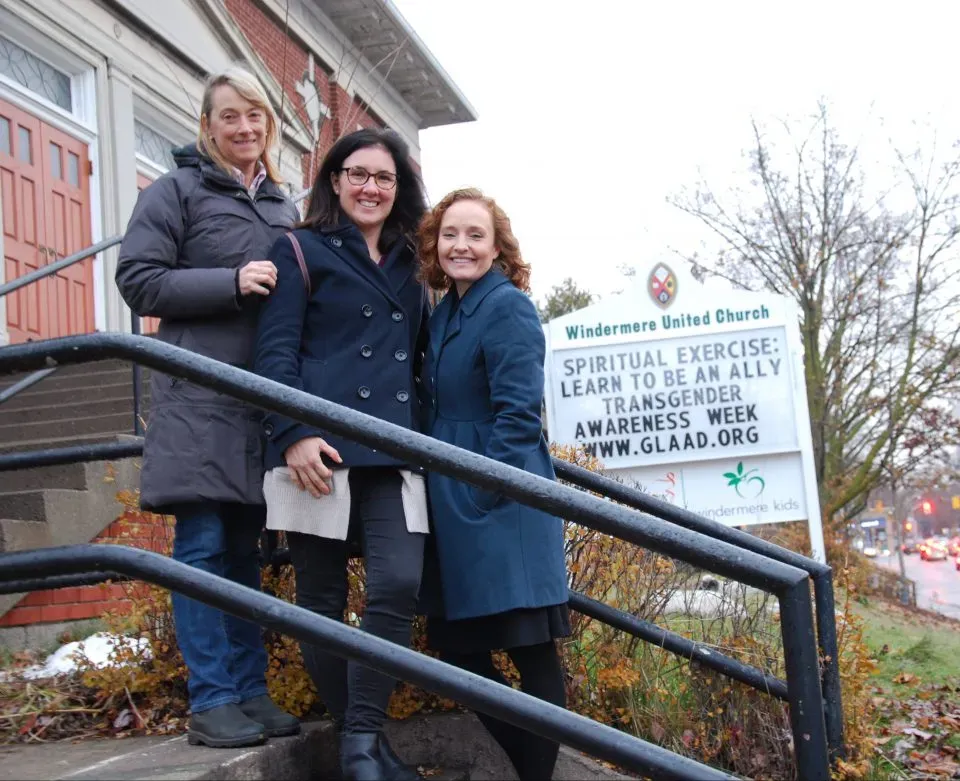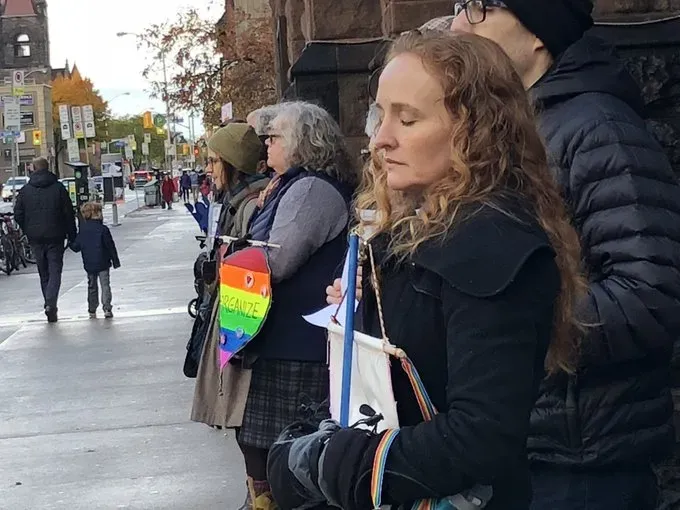Fall in the Pollinator Garden
Volunteers come together creating a garden that supports the birds, bees, and butterflies!
September 21, 2021
WUC volunteers help get more pollinator-supporting plants in the ground during our fall workday
Why a Pollinator Garden?
In Fall 2021, bush honeysuckle, common ninebark, pussy willow and purple flowering raspberries were planted. The rain garden was tidied up and new plants added. We have eight more shrubs on order and they are expected to arrive in October.
We are excited about the recent addition of educational signage around the garden that provides information on pollinators and how you can attract them to your garden. Come by for a stroll and learn about our pollinator-supporting plants!
Between 75% and 95% of all flowering plants on the planet need pollinators to produce their seeds. While the honey bee may be our best-known pollinator, there are over 900 species of bees in Canada. Other pollinators include butterflies, moths, wasps, flies, beetles and hummingbirds.
Many pollinators are facing hard times in Canada and around the globe. They can live and prosper in our yards if we protect their habitats. Here are some things you can do as recommended by BeeCityCanada.org which also provides useful resources:
- Create pollinator habitats by adding native plants to your garden.
- Put in at least three flowering plants to bloom in each season from early spring to late fall.
- Purchase pesticide-free plants and garden in a pesticide-free way.
- Choose to “leave the leaves” in your garden over the winter to protect habitats that pollinators need over the winter. Leaf blowers harm insect habitat.
- Actively promote protection for pollinators and their habitats through pollinator-friendly garden signs, mentoring new gardeners and volunteering to plant pollinator gardens at schools, community gardens and seniors’ residences.
Christine Hughes
WUC Council Secretary
